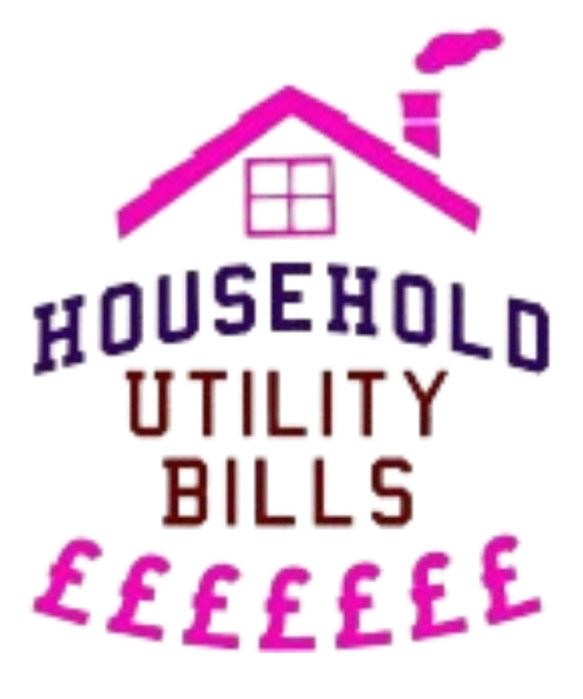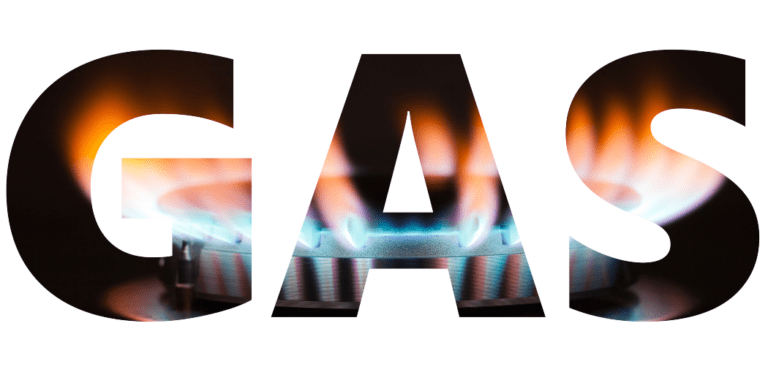There are several different parts to your utility gas bill. Understanding it is crucial in avoiding unnecessary fees and charges. To get a better understanding of what’s on your utility gas bill, review the following resources.
These will explain how your bill is calculated, how to calculate it accurately, and how to understand the various components. Hopefully, you will find the resources helpful. Just be sure to check your bills thoroughly every time you get them. And ask questions if you have any doubts.
Understanding Your Gas Bill: Usage Costs
Gas prices are determined by a combination of supply and demand. During times of high demand, gas prices are higher than when supplies are low. A variety of factors influence gas prices, including season, weather, and economic strength. Prices are also affected by state regulations and taxes.
If you want to know the average monthly price of residential gas, visit the Energy Information Administration’s website. This information helps you determine how much gas you should expect to pay each month.
The amount of gas you use is a major component of your gas bill. You can reduce the amount of gas you use by installing more energy-efficient appliances and switching to energy-efficient ones.
Regularly inspecting appliances will lower your bill and help you save money. Inefficient appliances, such as outdated refrigerators, use more gas than necessary. Your utility provider may even offer rebates if you upgrade to energy-efficient appliances. Fortunately, many utilities are aiming to make your life easier.
Understanding Your Gas Bill: Utility Gas Prices
When it comes to understanding your gas bill and natural-gas prices, you can get started by looking at your Nicor Gas bill. You can see the number of degree days in your area as well as a comparison with the same period last year. However, you should not rely on this information alone.
In addition, you should not sign up for an energy contract without checking the rate of natural gas. The rate of natural gas fluctuates each month based on market prices.
The amount of your gas bill will vary depending on the natural gas utility and the energy retailer, also known as a natural gas marketer. Your bill will contain a base charge, which is regulated by the Federal Energy Regulatory Commission (FERC), a gas charge, and taxes.
The base charge is the cost of gas that you used during your billing period, while the gas charge includes sales tax from the state, city, and county.
Understanding Your Gas Bill: Baseline Allowance
If you’re a gas customer, you may have noticed an “Amount Over Baseline Allowance” charge on your gas bill. The term “baseline allowance” refers to the amount of energy that is required for basic needs.
It is often mandated by state law. Gas consumption under this threshold is billed at the lowest rates. Consumption above the baseline allowance is billed at higher rates. It is important to keep an eye on these charges, as they are avoidable. One of the easiest ways to do this is to stop receiving paper bills.
The Baseline Allowance is the monthly amount of energy a residential consumer is allowed to use at the lowest possible rate. Once they’ve exceeded that amount, they are charged at higher rates.
This way, they can tie their heating costs to the lowest rates. The problem is that the price of natural gas is subject to fluctuation, and utilities have to make adjustments for the fluctuation in prices. You’ll have to know how to interpret the Baseline Allowance on your gas bill.
Understanding Your Gas Bill: Monthly Service Charge
There are a few key components of your gas bill that you should know about. The first component is the basic service charge, which is a fixed amount for the first 2.9 terms of usage.
By switching suppliers, you can avoid this charge entirely. The remaining 126.1 terms are billed as a per-therm charge to cover the costs of maintaining your gas network. The final component is the monthly rate adjustment, which stabilises costs associated with non-recurring events and variations in weather demand.
The next component is the basic service charge, which covers the costs of maintaining the electric meter, reading it, and preparing customer records. These costs are incurred by every customer.
The second component, the monthly Energy Charge, covers the costs of producing electricity, including environmental, capacity cost recovery, and conservation. Those costs are reflected in your gas bill monthly. The cost of electricity is typically higher in the winter months, so it’s important to understand your usage in those times.
Understanding Your Gas Bill: Estimated vs. Actual Usage
If you’ve ever questioned the difference between estimated and actual usage on your gas bill, you’re not alone. Most utilities use complicated formulas to determine your usage. The numbers are calculated using a number of factors, including weather and outdoor temperature, your meter’s previous readings, and more.
As a result, your bill may be slightly higher or lower than what you actually used. The good news is that your bill will automatically adjust itself when the meter is read again.
While some utility providers mention “estimated” on their bills, others do not. Some, like Newfoundland Power, make this distinction in their bills. These estimates reflect the last billing period and are adjusted based on historical energy usage patterns and temperatures.
So, if you’ve been surprised by your gas bill, you’re not alone! This is a common practice. To avoid surprises, try to keep a track of your usage.
Understanding Your Gas Bill: Budget Plan Program
If you would like to spread out the expenses of your natural gas bill over the course of a year, you should look into a budget billing program.
These programs are available for residential customers without any payment plans and are not restricted to the people who have opted for payment plans. The Office of Ohio Consumers’ Counsel, a consumer advocate for residential utilities, provides information about the budget payment plans offered by the various utilities.












